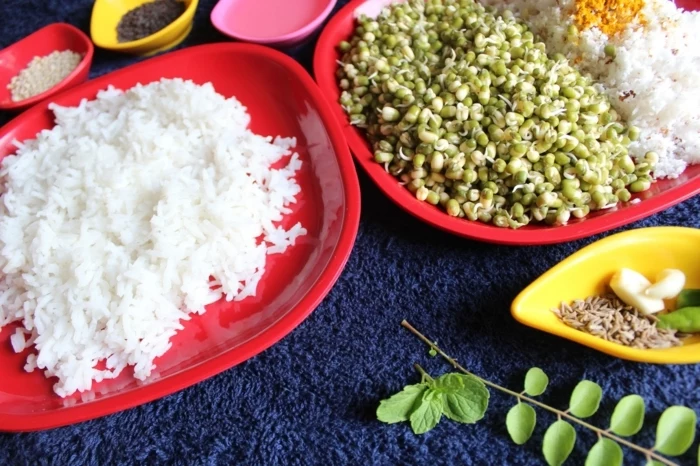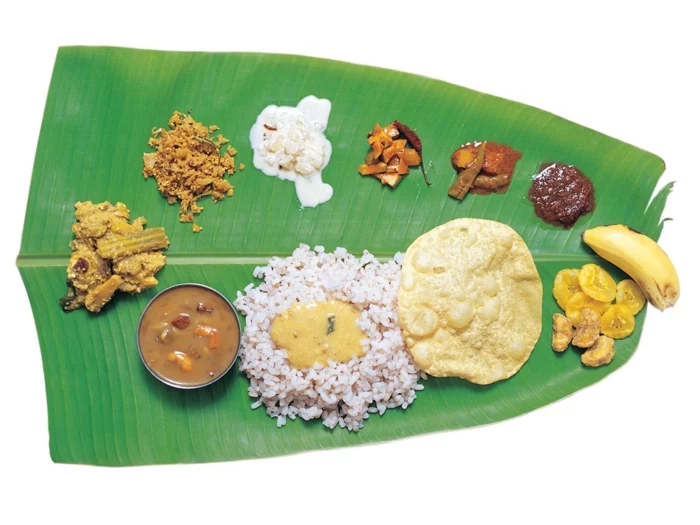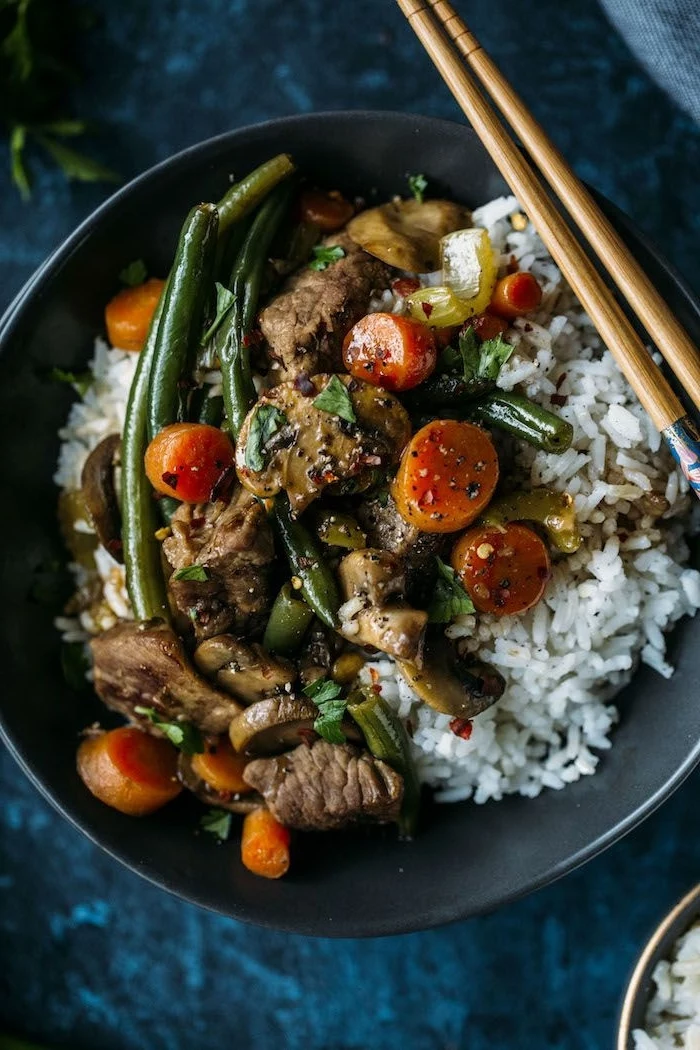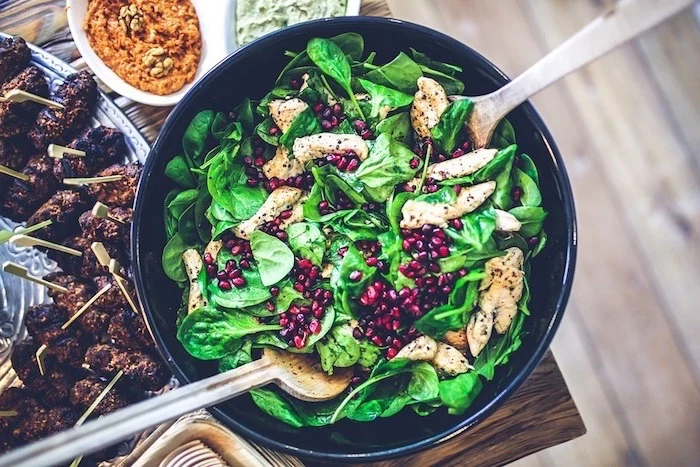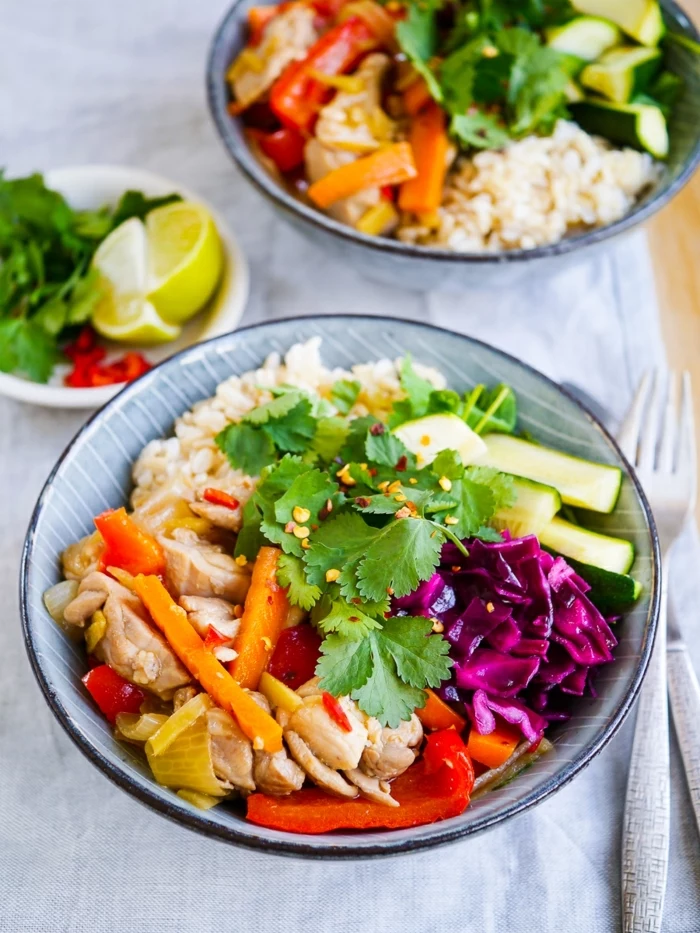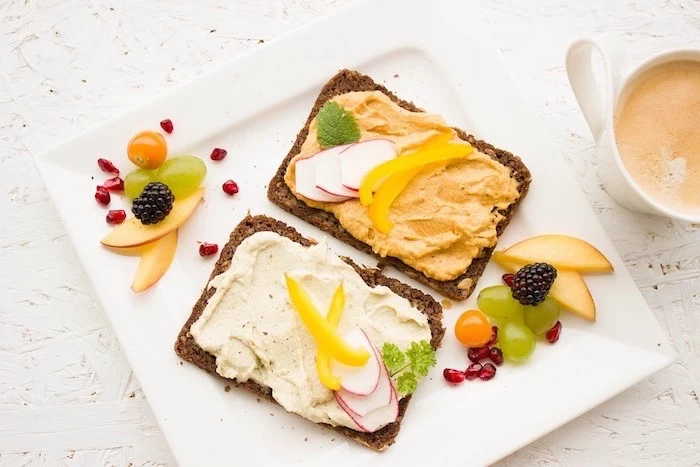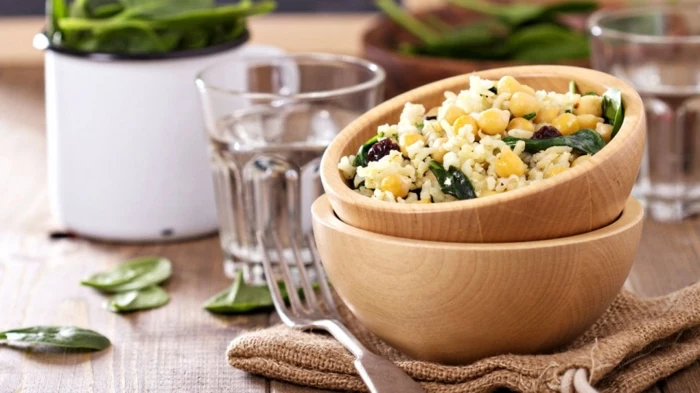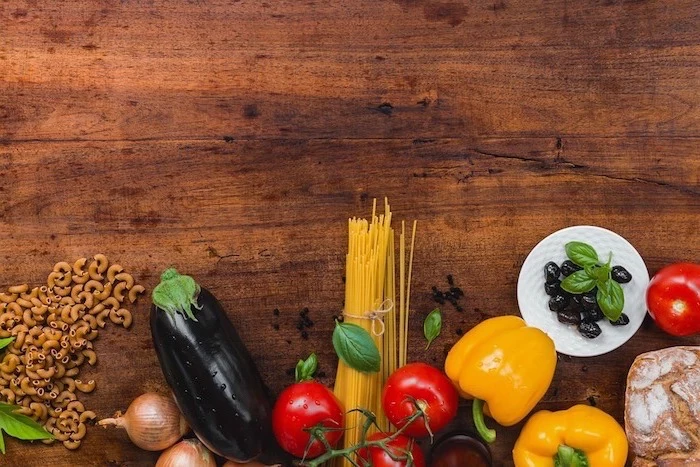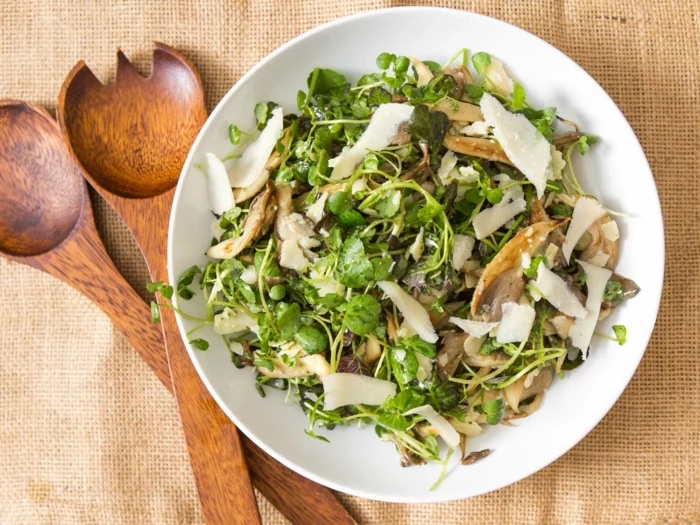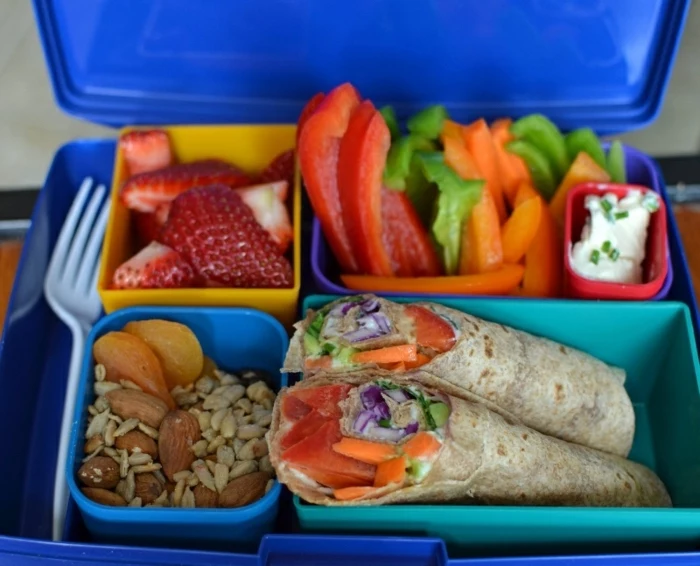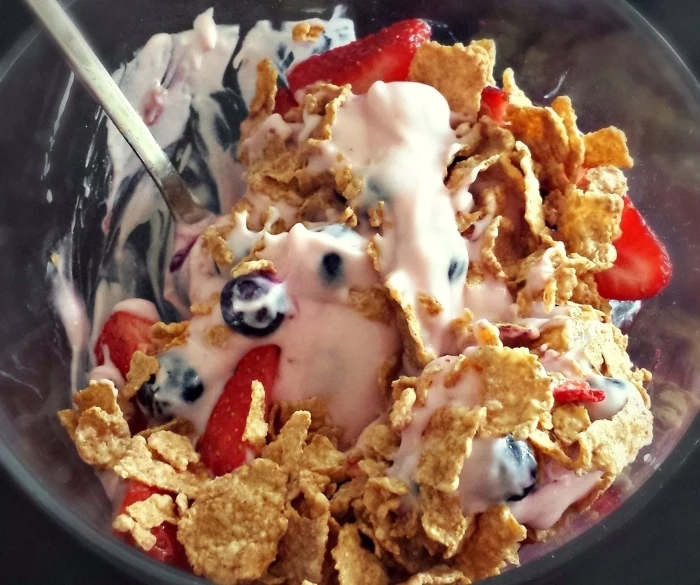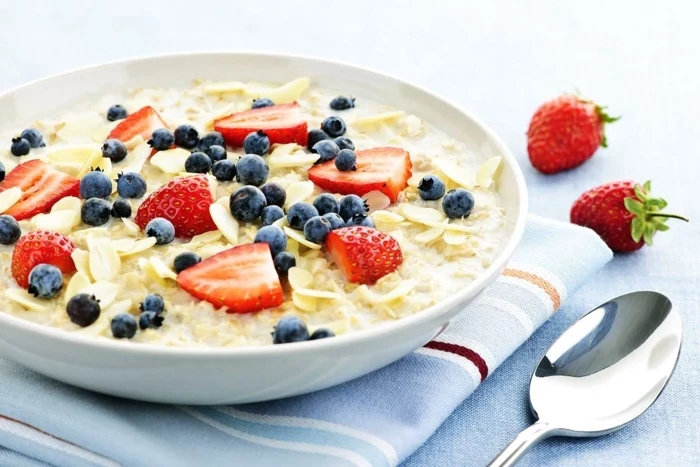The Plate Method: The No-Recipe ‘Diet’ That Actually Works
I’ve spent years working with food, first in the hustle of professional kitchens and now coaching people who are just plain tired of feeling confused about what to eat. Sound familiar? So many people I talk to are frustrated. They’ve tried all the diets, bought the expensive “superfoods,” and followed recipes so complex they needed an engineering degree, but they still feel sluggish and lost.
In this article
- The Real Building Blocks of a Meal
- The Professional’s Blueprint: The Plate Method
- Your First-Week Shopping List to Get Started
- Putting It Into Practice: Breakfast
- Conquering Lunch: The Meal Prep Secret
- A Smarter, Simpler Dinner
- The Plate Method in the Wild: Eating Out
- The Final Touches: Snacks, Water, and Your Gut
- A Quick Heads-Up: Tools and When to Call a Pro
- Inspiration Gallery
Honestly, the problem usually isn’t a lack of information. It’s the lack of a simple, solid system.
So, let’s forget the complicated rules for a second. The real key to feeling great isn’t hidden in some secret recipe—it’s a skill. It’s about learning how to build a balanced plate, every single time. Once you get the hang of it, you can use this skill anywhere, from your own kitchen to a restaurant, for the rest of your life. This is the exact method I teach my clients to make healthy eating feel easy and automatic.
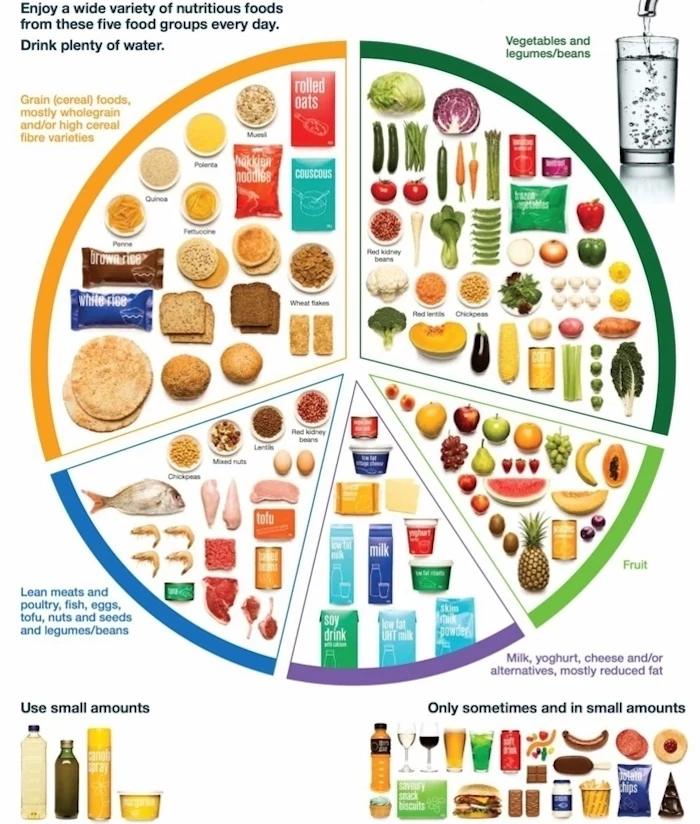
The Real Building Blocks of a Meal
Before we build, we need to know our materials. Food gives us macronutrients (the big stuff) and micronutrients (the small but mighty stuff). Think of macros as the foundation, walls, and roof of your house, and micros as the nails, screws, and wiring that hold it all together. You absolutely need both.
There are three macronutrients you’ve heard of: protein, fat, and carbohydrates.
Protein is your body’s repair crew. It helps rebuild everything from your muscles to your organs. A good protein source at every meal is the secret to feeling full and satisfied for hours, because it digests slowly. We’re talking about things like meat, poultry, fish, eggs, and dairy. And for my plant-based friends, this is your time to shine with beans, lentils, chickpeas, and tofu. Oh yeah, and budget matters! You don’t need fancy steaks. Some of the best protein sources are the cheapest:
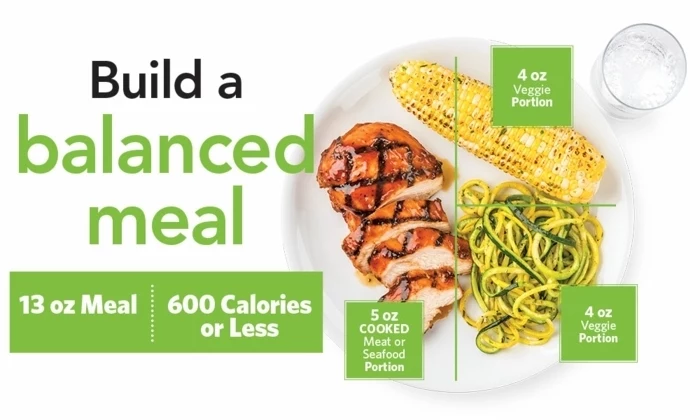
- Canned beans: Often around $1 per can.
- Lentils: A pound bag can be as cheap as $2.
- Eggs: A dozen usually costs between $3 and $5.
- Chicken thighs: Way more flavorful and affordable than breasts, often around $4/lb.
Carbohydrates are your main fuel. They give your brain and muscles the energy to, well, do everything. The trick is choosing the right kind. Complex carbs, like those in whole grains, vegetables, and beans, are like a slow-burning log in a fire—they provide steady, long-lasting energy. Simple carbs like sugar and white flour are like kindling; they burn hot and fast, leading to an energy crash. We want that steady burn.
Fats are not the enemy! In fact, they’re essential. Your brain is made of nearly 60% fat, and you need fats to absorb certain vitamins and regulate hormones. The key is, once again, the type. Healthy unsaturated fats found in avocados, nuts, seeds, and olive oil are fantastic. I tell my clients to think of fat as a tool for flavor and fullness. A little bit goes a long way in making a meal delicious and keeping you satisfied.
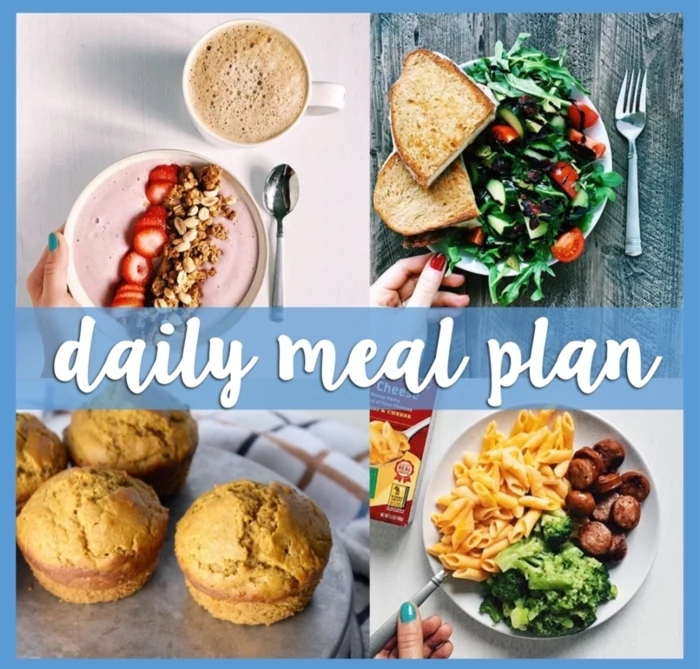
The Professional’s Blueprint: The Plate Method
In a busy kitchen, we rely on simple systems to get things right every time. For healthy eating, the best system I’ve ever found is the Plate Method. It’s a visual guide that means you can ditch the tedious calorie counting and measuring. It’s the single most effective tool I use with clients.
Grab a standard 9-inch dinner plate and picture this:
- Half your plate (50%): Non-Starchy Vegetables. This is your foundation. Fill it up with things like broccoli, spinach, salad greens, bell peppers, or cauliflower. (Heads up: “Non-starchy” just means anything that isn’t a potato, corn, or pea). Why so many? They’re packed with fiber and micronutrients for very few calories, so they fill you up without weighing you down.
- One-quarter of your plate (25%): Lean Protein. Fill this section with a source of protein. Think a palm-sized portion of chicken or fish, two eggs, or a solid cup of lentils. This is what will crush those afternoon snack cravings by keeping your blood sugar stable.
- One-quarter of your plate (25%): Quality Carbohydrates. The last quarter is for your high-quality fuel. This is where you put your brown rice, quinoa, sweet potato, or whole-wheat pasta. A serving is roughly the size of your cupped hand.
This is a template, not a law. On a really active day, you might nudge up the carb portion. On a rest day, you might pile on more veggies. The beauty is its flexibility.
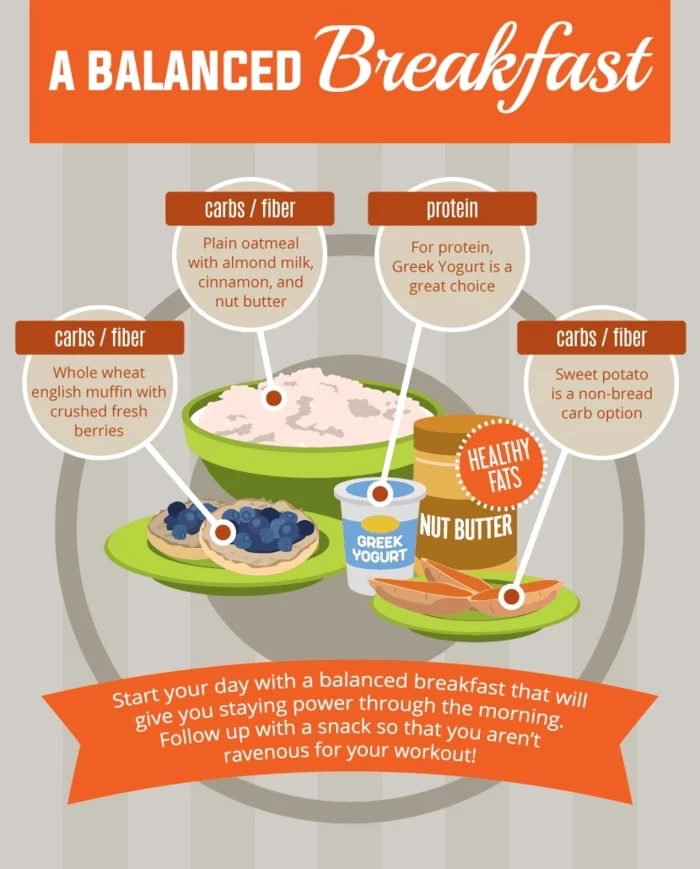
Your First-Week Shopping List to Get Started
Feeling overwhelmed? Don’t be. Here’s a super simple shopping list to build a ‘balanced pantry’ for your first week. With just these items, you can create dozens of balanced meals.
Just grab: rolled oats, a dozen eggs, a big bag of spinach, a bag of frozen broccoli, a can or two of chickpeas, and a bag of brown rice. That’s your base. Then you can add a protein like chicken or fish and some healthy fats like an avocado or olive oil. Easy.
Putting It Into Practice: Breakfast
Breakfast is where most good intentions go to die. People either skip it or grab something sugary that leads to a 10 a.m. energy dive. A balanced breakfast sets the tone for your whole day.
I had this one client who lived on coffee and granola bars. The first thing we did was fix her breakfast using the smoothie formula below. A week later, she told me she hadn’t had a 3 p.m. energy crash for the first time in years. It’s that powerful.
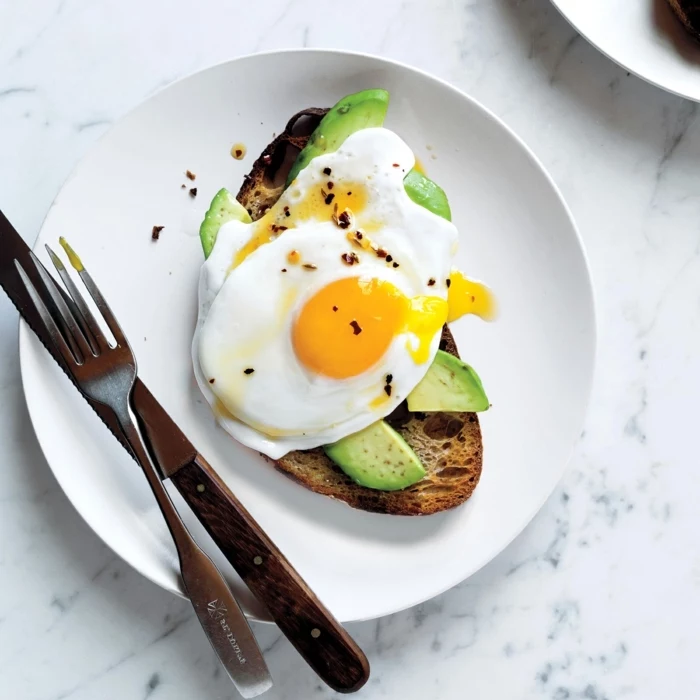
- The 60-Second Smoothie: Most smoothies are just sugar bombs. The trick is to balance them. My go-to formula is: 1 serving of protein (a scoop of powder or 1/2 cup Greek yogurt), 1 serving of healthy fat (1 tbsp almond butter or 1/4 avocado), 1 big handful of greens (spinach is tasteless, I promise!), 1 cup of fruit, and liquid (water or unsweetened almond milk).
- Overnight Oats: The night before, mix 1/2 cup rolled oats, 1 tbsp chia seeds (fat & fiber!), and 1/2 cup milk or a scoop of protein powder in a jar. Shake it up and stick it in the fridge. It’s ready when you are.
- The Better Avocado Toast: Avocado toast is great, but it’s just carbs and fat. It’s missing protein! Level it up by topping it with two eggs. Or, mash some chickpeas or hemp seeds into your avocado for a plant-based boost. Now it’s a complete meal.
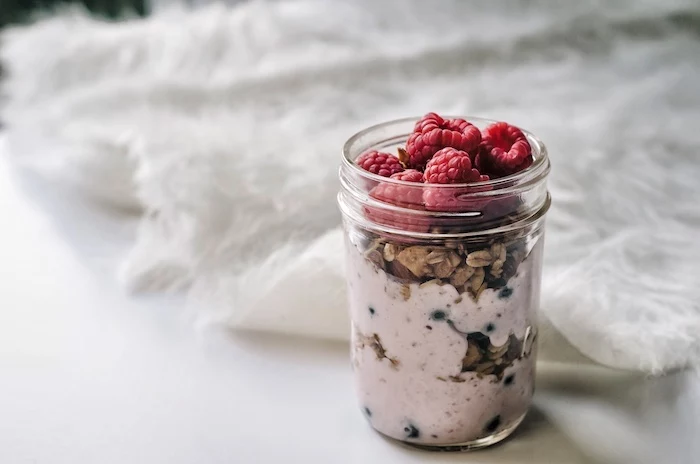
Conquering Lunch: The Meal Prep Secret
Lunch is often an afterthought. The solution isn’t making five identical, boring meals for the week. It’s component prep.
Spend about 90 minutes on a Sunday afternoon prepping ingredients. Cook a big batch of quinoa or brown rice. Roast a huge sheet pan of chopped veggies like broccoli and bell peppers. Grill a few chicken breasts or hard-boil some eggs. Make a simple vinaigrette in a jar (olive oil, lemon juice, Dijon mustard, salt, and pepper). Now you have a personal ‘salad bar’ in your fridge.
Quick tip: Store your grains, veggies, and proteins in separate airtight containers in the fridge. They’ll last up to 4 days, and this prevents everything from getting soggy and gross!
A Smarter, Simpler Dinner
After a long day, the last thing anyone wants is a complicated recipe and a sink full of dishes. This is where the sheet pan dinner becomes your best friend.
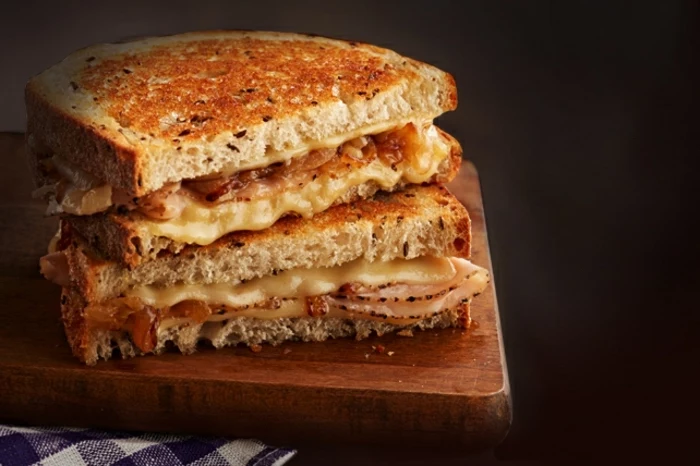
Here’s how you do it: Preheat your oven to 400°F (200°C). Chop up tougher veggies like potatoes or carrots, toss with olive oil and salt, and roast them for 15 minutes to give them a head start. While they cook, toss your protein (like chicken thighs or salmon) and softer veggies (like broccoli or zucchini) with seasonings. After 15 minutes, add them to the pan and roast for another 15-20 minutes. Everything cooks on one pan. You have your protein, carb, and veggie. Cleanup is a breeze.
The Plate Method in the Wild: Eating Out
Okay, this all sounds great at home, but what about when you’re at a restaurant? You can still use the plate method. You just have to learn to ‘deconstruct’ the menu.
- At a Pizza Place: Don’t panic! Order a thin-crust slice or two (your carbs). Then, order a big house salad with grilled chicken or chickpeas on the side (your veggies and protein). Eat the salad first. You’ll be surprised how full you feel.
- At a Thai or Chinese Restaurant: Most dishes are served with a mountain of rice. Ask for steamed veggies on the side, or double the veggies in your stir-fry. Focus on lean protein options like shrimp, chicken, or tofu instead of heavily battered items. Eat about a fistful of rice and fill the rest of your plate with the protein and veggie stir-fry.
- At a Mexican Restaurant: Fajitas are a perfect choice! You get protein (steak, chicken) and veggies (peppers, onions). Just go easy on the tortillas (your carbs) and load up on salsa and guacamole (your healthy fat) instead of sour cream.
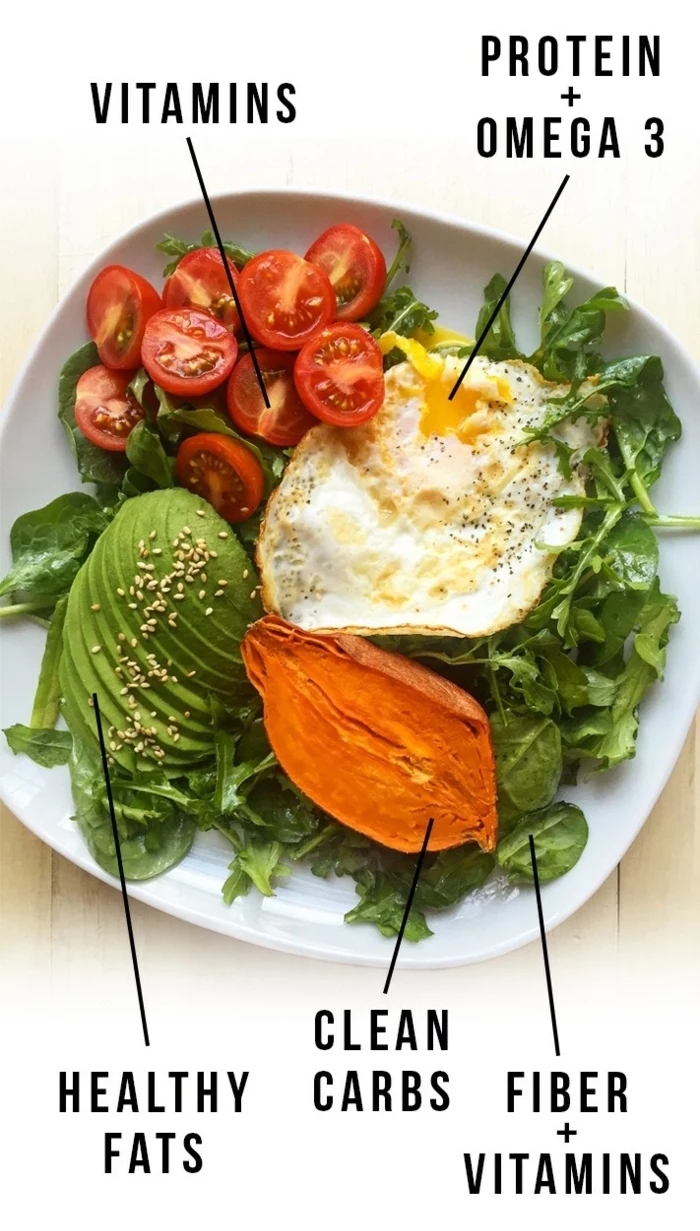
The Final Touches: Snacks, Water, and Your Gut
Smart Snacking: A good snack is a bridge between meals, not a treat. It should have protein and/or fat to keep you full. A handful of pretzels will leave you hungry in an hour. Instead, try one of these:
- Apple slices with peanut butter
- Greek yogurt with a few berries
- Two hard-boiled eggs
- A handful of almonds and a cheese stick
- Hummus with baby carrots or bell peppers
Drink Your Water: Seriously. We often mistake thirst for hunger. Before you grab a snack, drink a big glass of water and wait 15 minutes. The ‘hunger’ might just vanish. I keep a 32-ounce water bottle on my desk and aim to drink two per day. It’s a simple, measurable goal.
A Quick Heads-Up: Tools and When to Call a Pro
You don’t need a fancy kitchen. A good chef’s knife, a couple of cutting boards (use one for raw meat and another for veggies to be safe!), and an instant-read thermometer (a game-changer for perfectly cooked, safe meat) are all you really need.
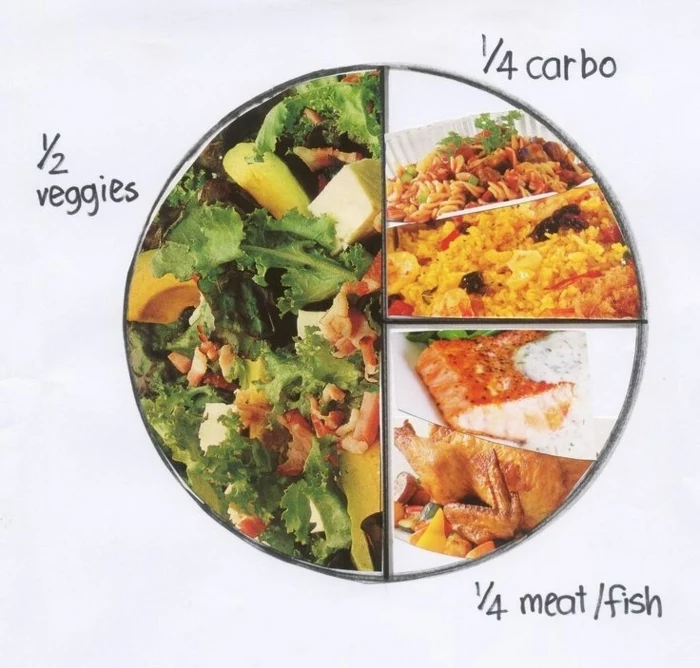
And to be frank, while this guide is a fantastic foundation for general health, I’m a food pro, not a doctor. If you have a specific health condition like diabetes, heart disease, food allergies, or a history of eating disorders, please work with a registered dietitian or a medical doctor. They can give you personalized advice that is safe and right for you.
Building a balanced plate isn’t a 30-day challenge; it’s a lifelong skill that gives you incredible freedom. Start small. Just focus on your dinner plate this week. Be patient, be consistent, and your body will thank you for it.
Inspiration Gallery
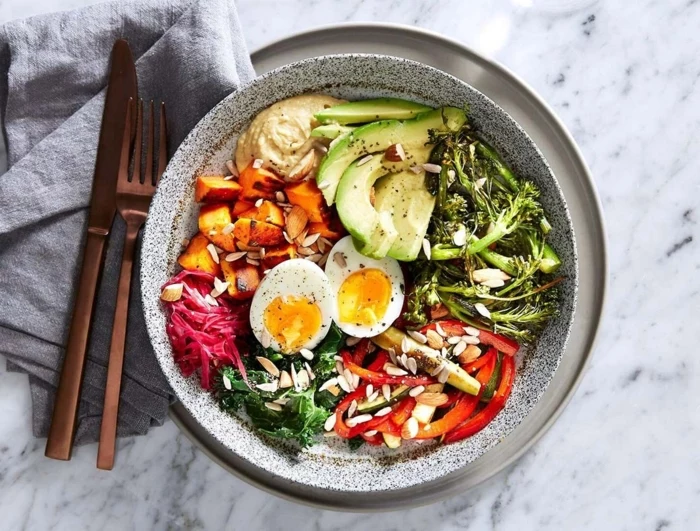
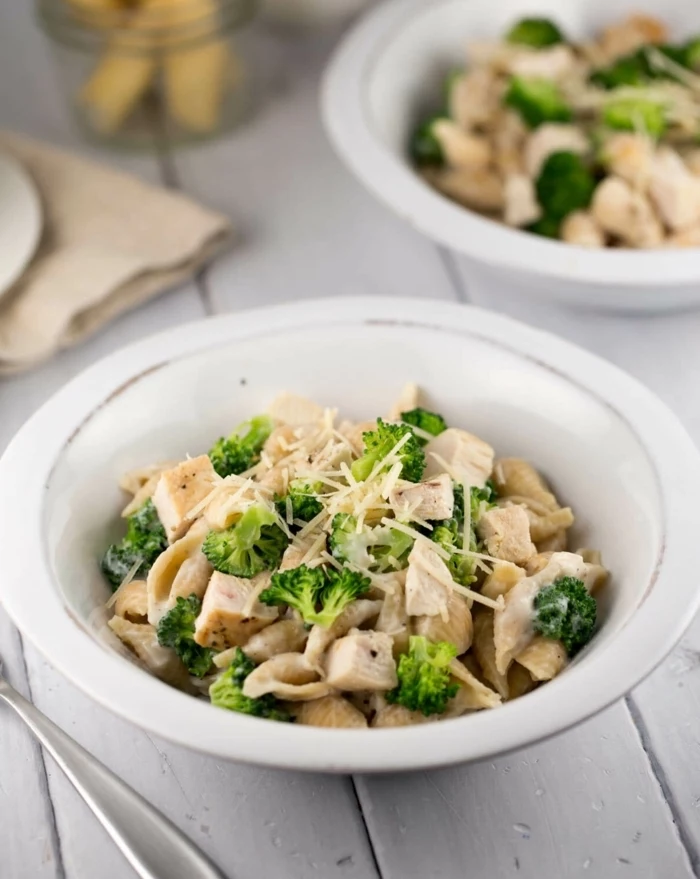
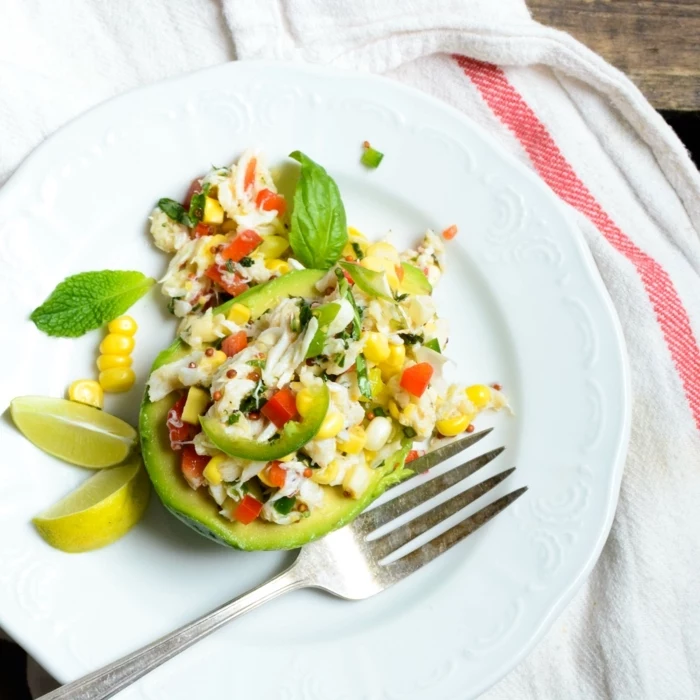
Don’t forget the power of spices! They are your best allies in making the vegetable half of your plate exciting. A simple sprinkle of smoked paprika on roasted broccoli, a dash of cumin on carrots, or some dried oregano on tomatoes can transform a basic meal into a flavor-packed experience without adding calories. Building a small, versatile spice rack is one of the best investments for your new eating style.

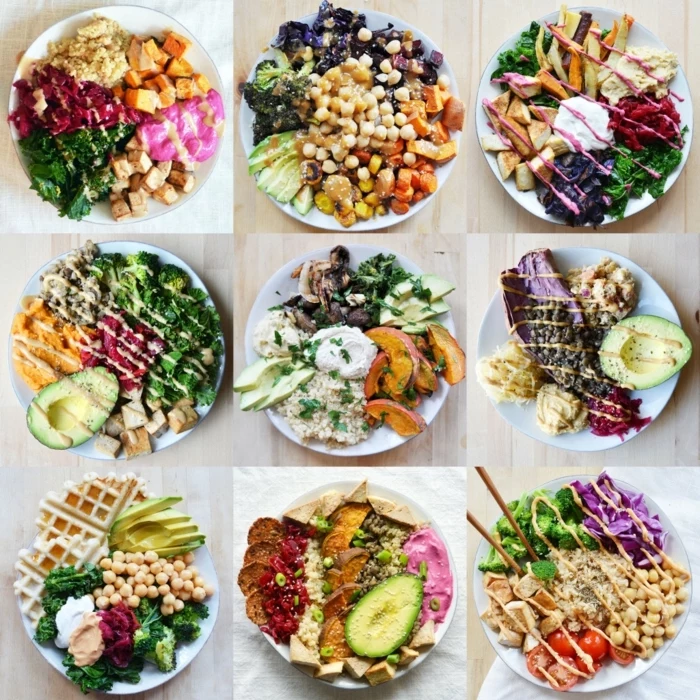
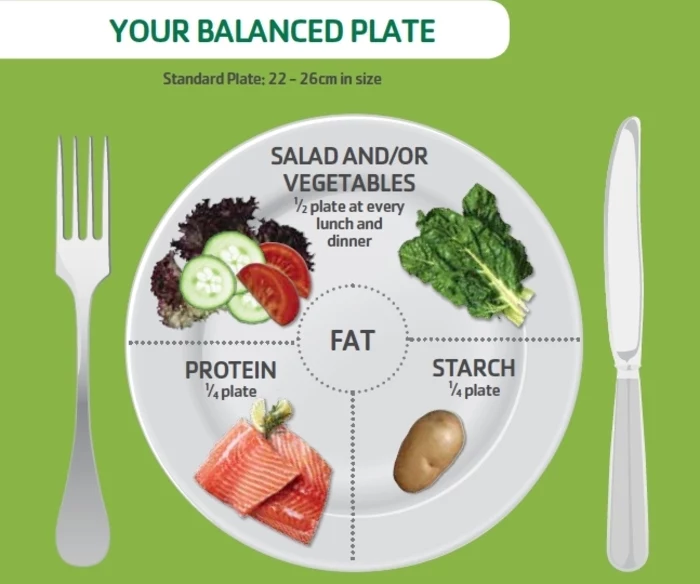
- Fills you up with fiber, keeping you satisfied longer.
- Provides a huge range of vitamins and micronutrients.
- Keeps your blood sugar stable, preventing energy crashes.
The secret? Making non-starchy vegetables the star of your plate. Aim for them to cover a full 50% of the space. Think leafy greens, bell peppers, zucchini, and cauliflower.
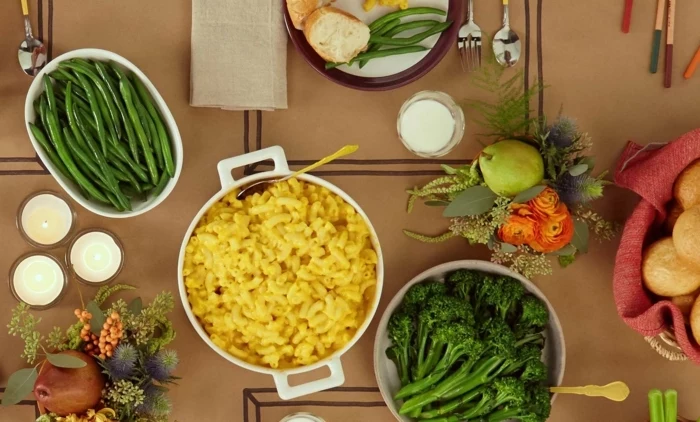
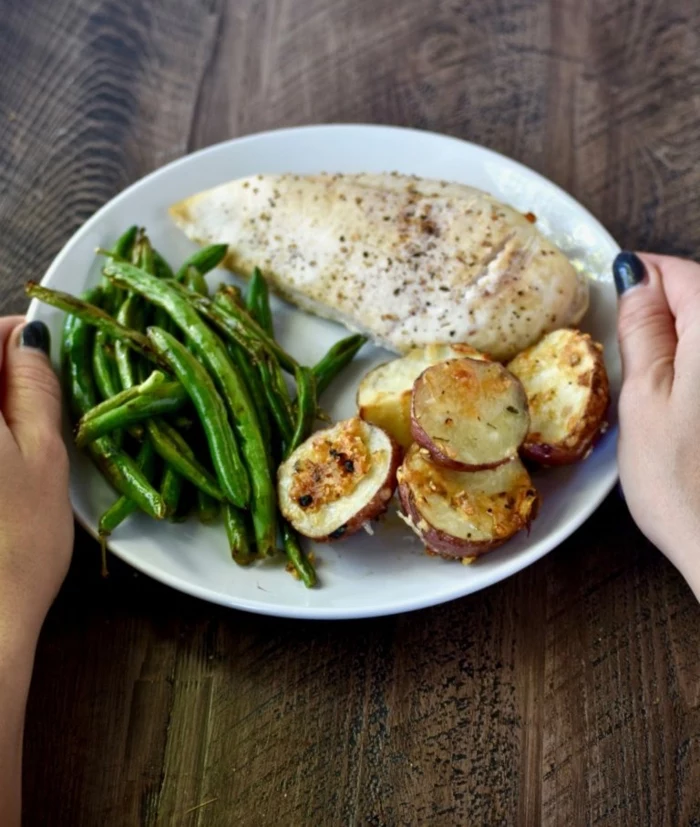
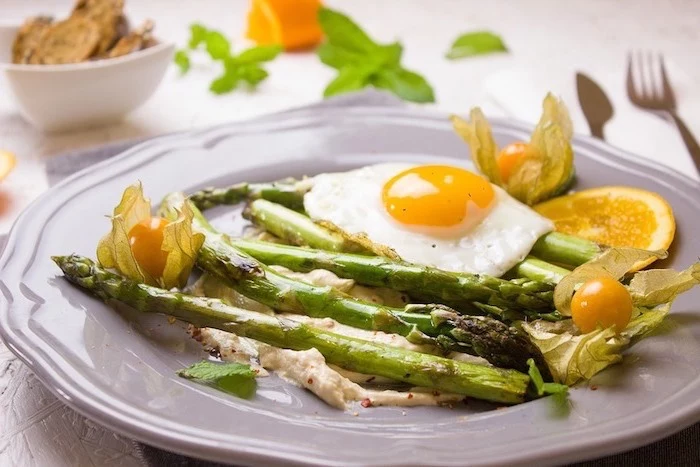
A study published in the American Journal of Clinical Nutrition found that visual appeal can significantly increase the enjoyment and perceived healthiness of a meal.
This is why the principle of
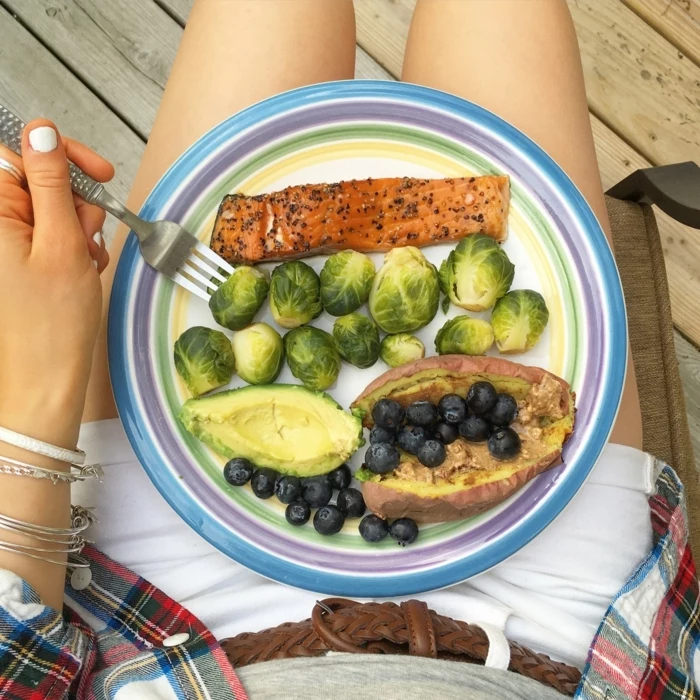
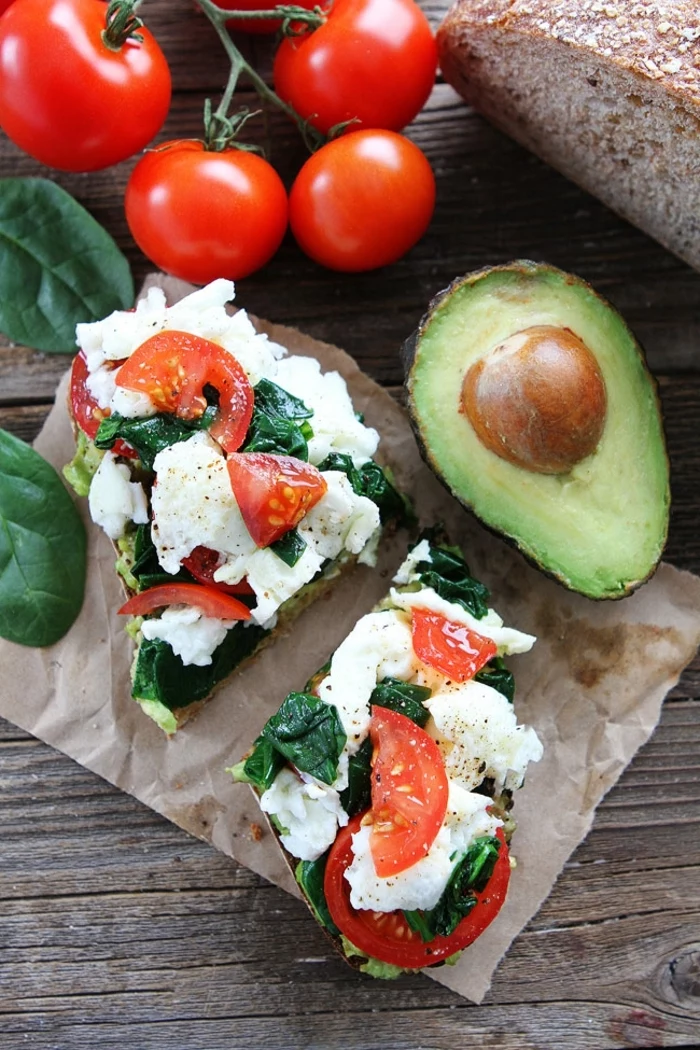
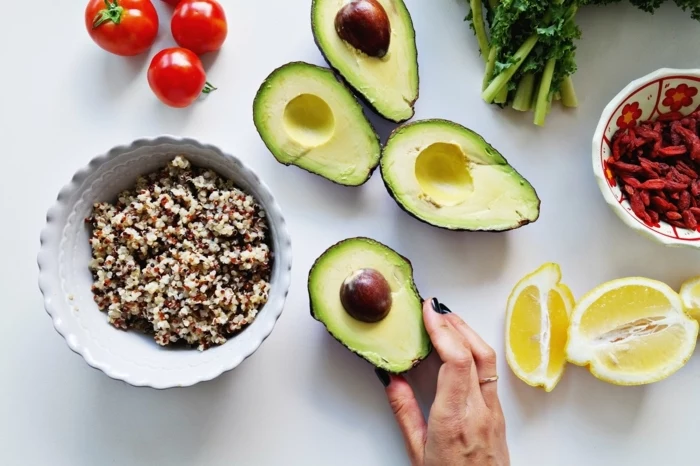
Healthy fats are essential, but portions matter. It’s easy to overdo it. While a whole avocado is nutritious, for one meal, a quarter or half is often a more balanced portion. The same goes for olive oil; a tablespoon is a serving, not a quarter cup. Use them to enhance your meal, not dominate it.
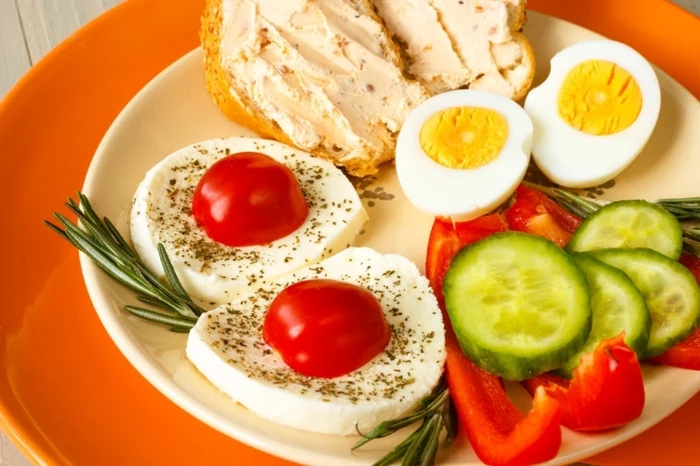
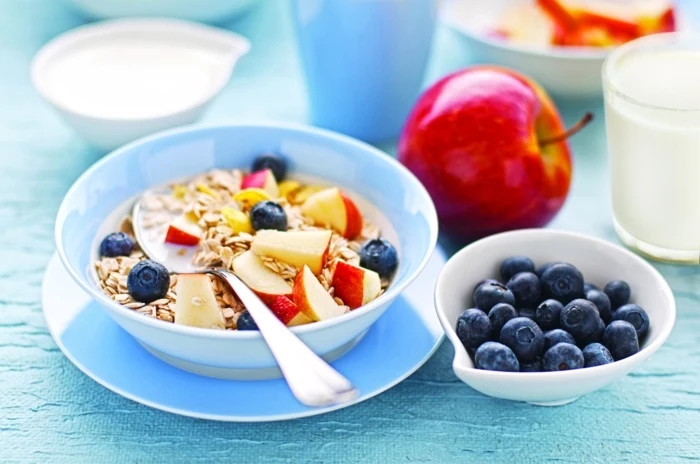
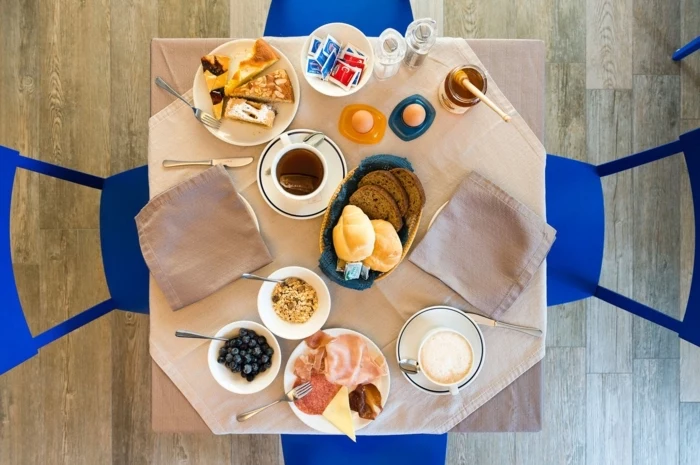
Tired of plain water?
Hydration is key to feeling energetic and managing hunger, but it doesn’t have to be boring. Try infusing a large pitcher of water with flavor. Some great combinations are cucumber and mint, strawberry and basil, or lemon and ginger. It’s a zero-calorie way to make drinking water feel like a treat. Keep it in the fridge for an easy, appealing choice all day long.
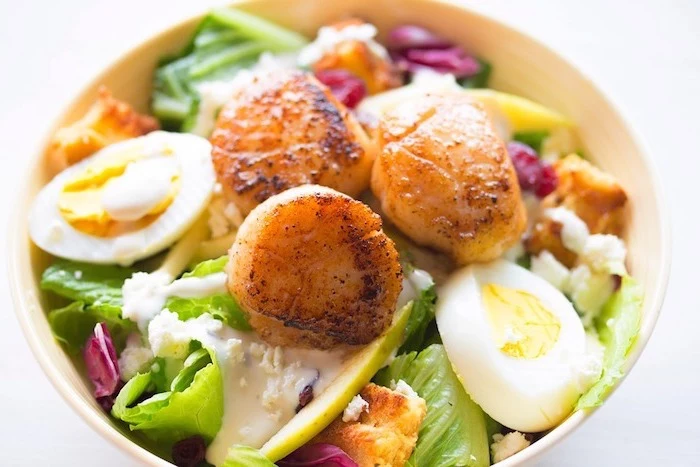
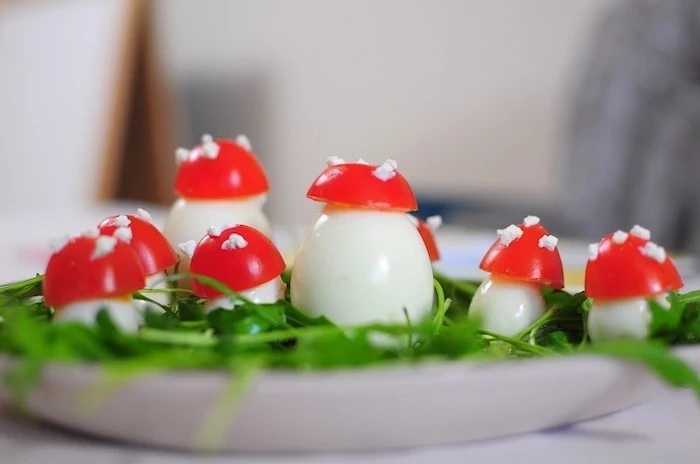
Frozen Vegetables: Often cheaper than fresh, especially for out-of-season produce. They are flash-frozen at peak ripeness, locking in nutrients. Perfect for soups, stir-fries, or simply steaming.
Fresh Vegetables: Offer superior texture for salads and roasting. Buying in-season produce from local sources can be both affordable and delicious.
The best approach is to use both! Keep a stock of frozen peas, corn, and spinach for convenience, and buy fresh, seasonal veggies weekly for everything else.
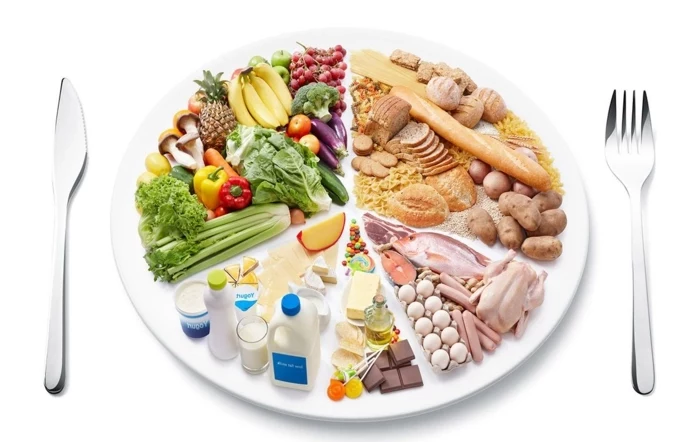
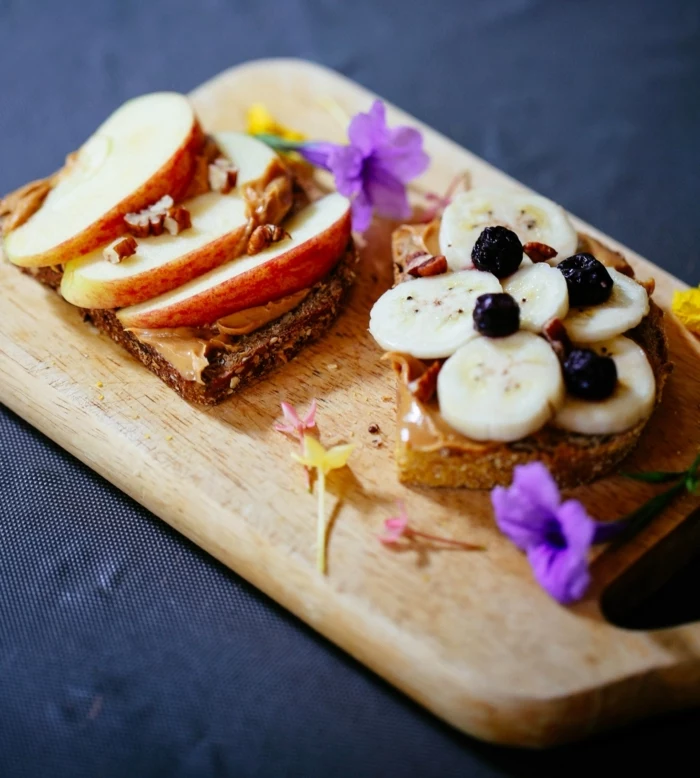
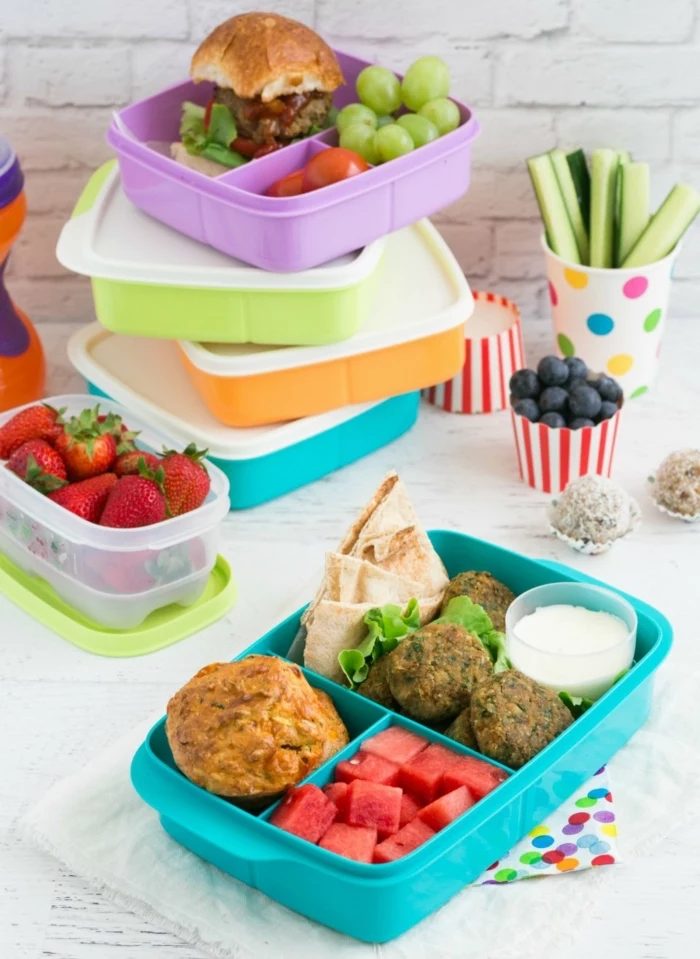
Move beyond basic rice and pasta for your carbohydrate portion. Exploring different whole grains adds new textures, flavors, and a broader nutrient profile to your meals. Give these a try:
- Quinoa: A complete protein, fluffy, and cooks in just 15 minutes.
- Farro: Chewy, nutty, and fantastic in salads or as a risotto substitute.
- Barley: Hearty and high in fiber, perfect for bulking up soups and stews.
- Freekeh: Smoked young wheat with a unique flavor, great as a side dish.

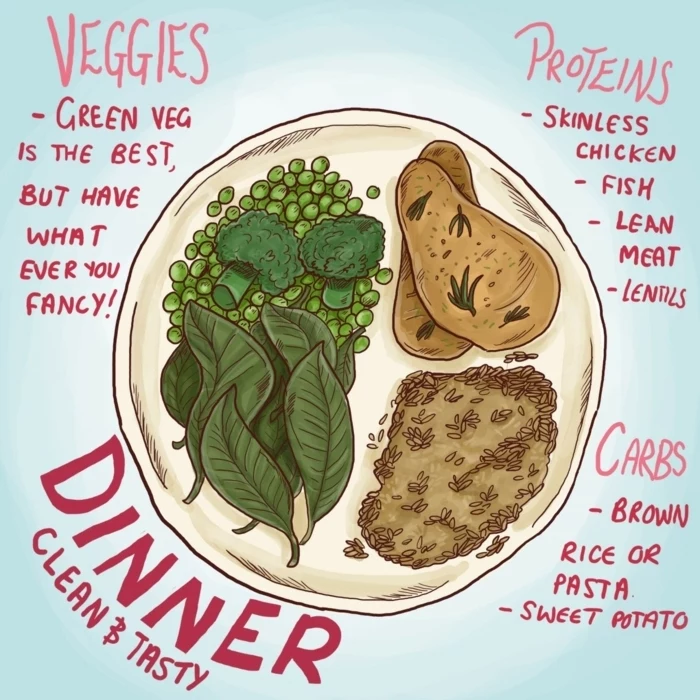
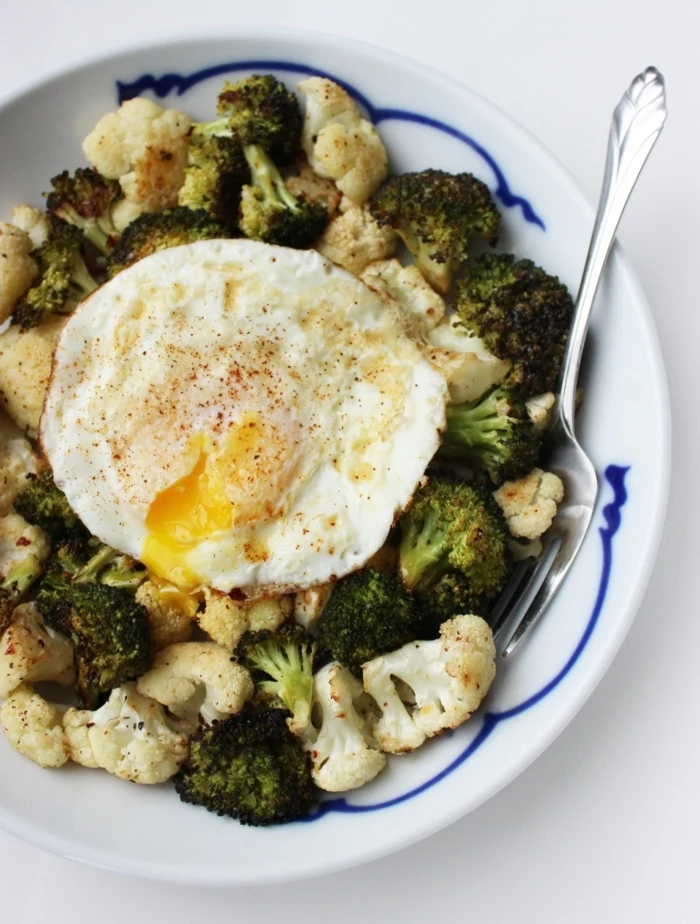
The average Japanese diet in Okinawa, a region famous for longevity, traditionally consisted of over 60% sweet potatoes.
This is a perfect real-world example of the plate method. Their plates were historically dominated by nutrient-dense vegetables (the sweet potato), with smaller portions of other plants like bitter melon and seaweed, and minimal fish or pork. It’s a powerful reminder that a plant-forward plate is a time-tested recipe for health.
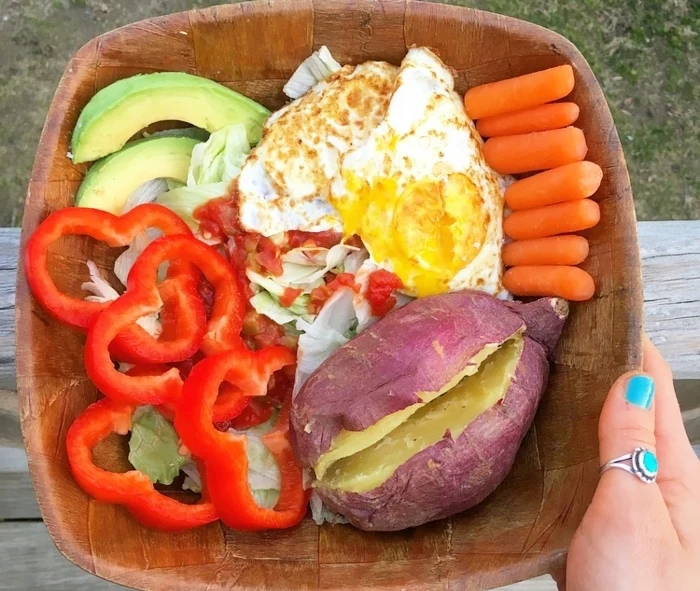
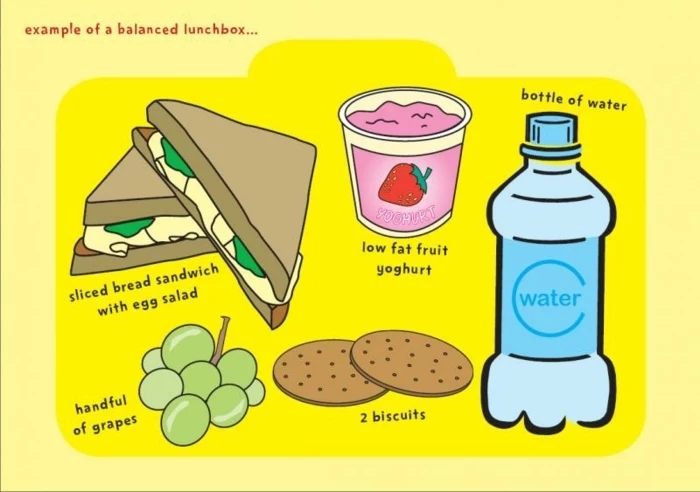
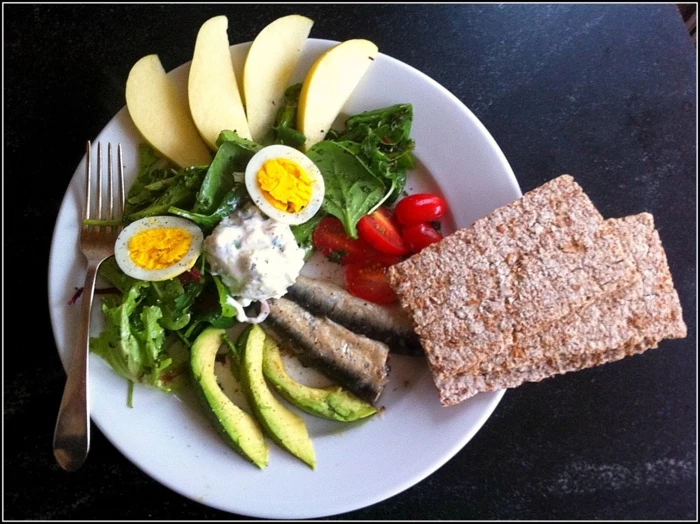
A note on dressing: Don’t let a heavy, store-bought dressing sabotage your beautiful vegetable-filled plate. Many are packed with sugar, unhealthy fats, and preservatives. Making your own is incredibly simple and fast. A classic vinaigrette is just a 3-to-1 ratio of oil to acid. Try 3 tablespoons of extra virgin olive oil with 1 tablespoon of red wine vinegar, a pinch of salt, and a crack of black pepper. Shake it in a jar, and you’re done!
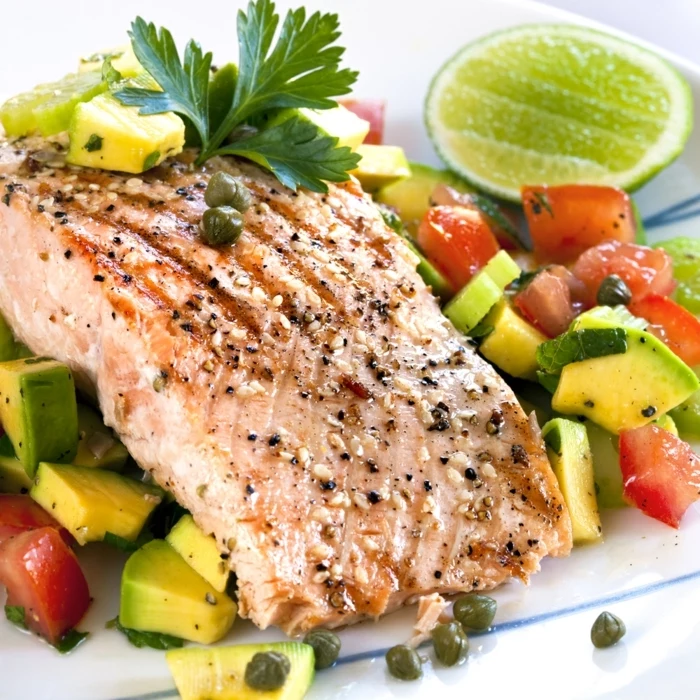
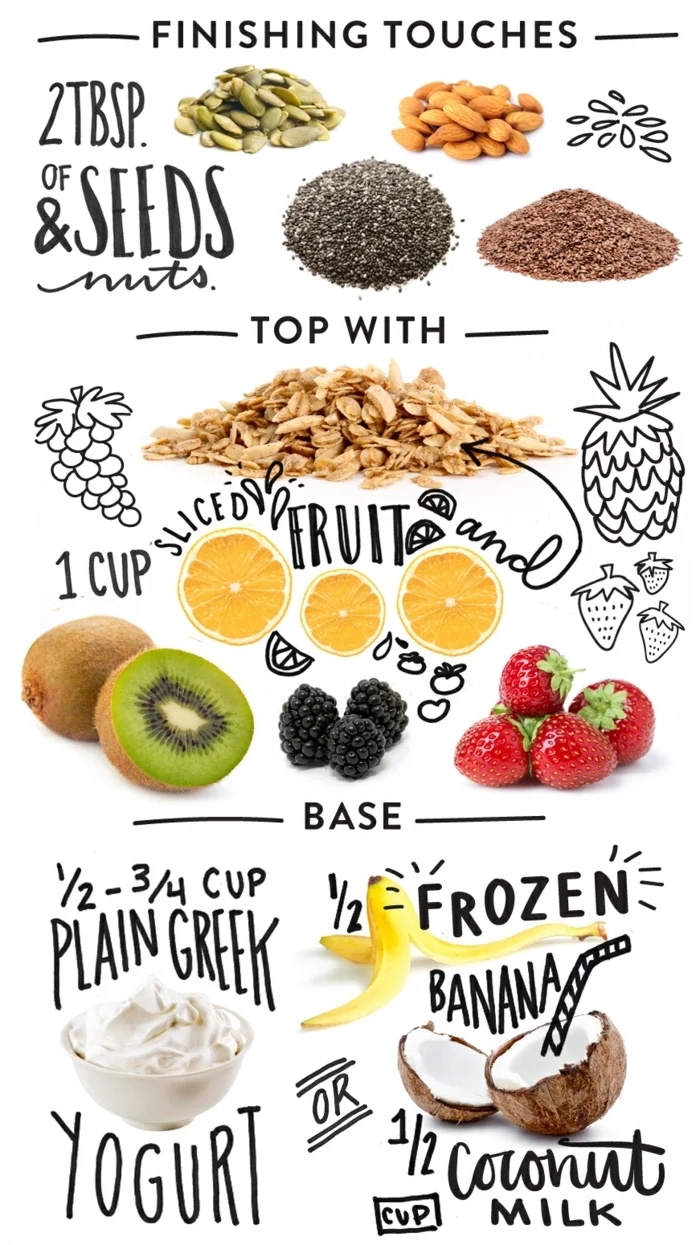
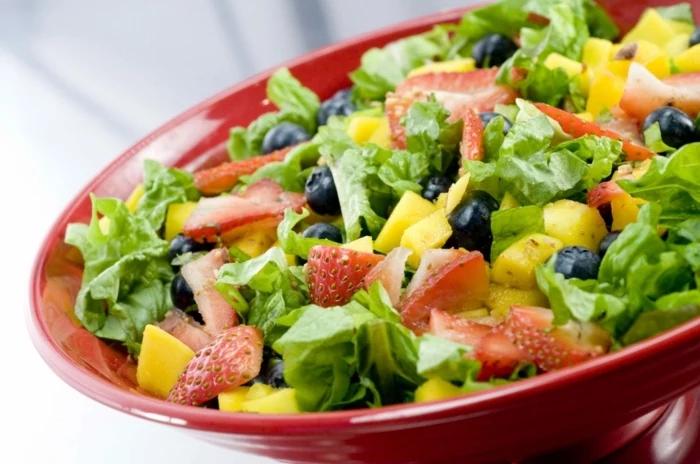
Are all carbohydrates the enemy?
Absolutely not! The key is choosing the right kind. Your body needs carbs for energy. The goal is to fill your quarter-plate with complex, high-fiber carbohydrates like sweet potatoes, beans, lentils, or whole grains. These digest slowly, providing sustained energy. It’s the highly processed, simple carbs like white bread, sugary snacks, and pastries that can lead to energy spikes and crashes.
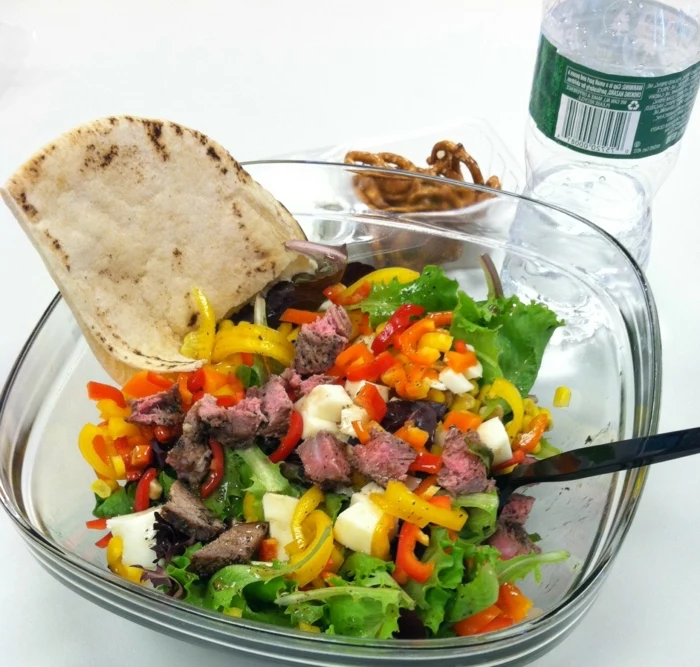
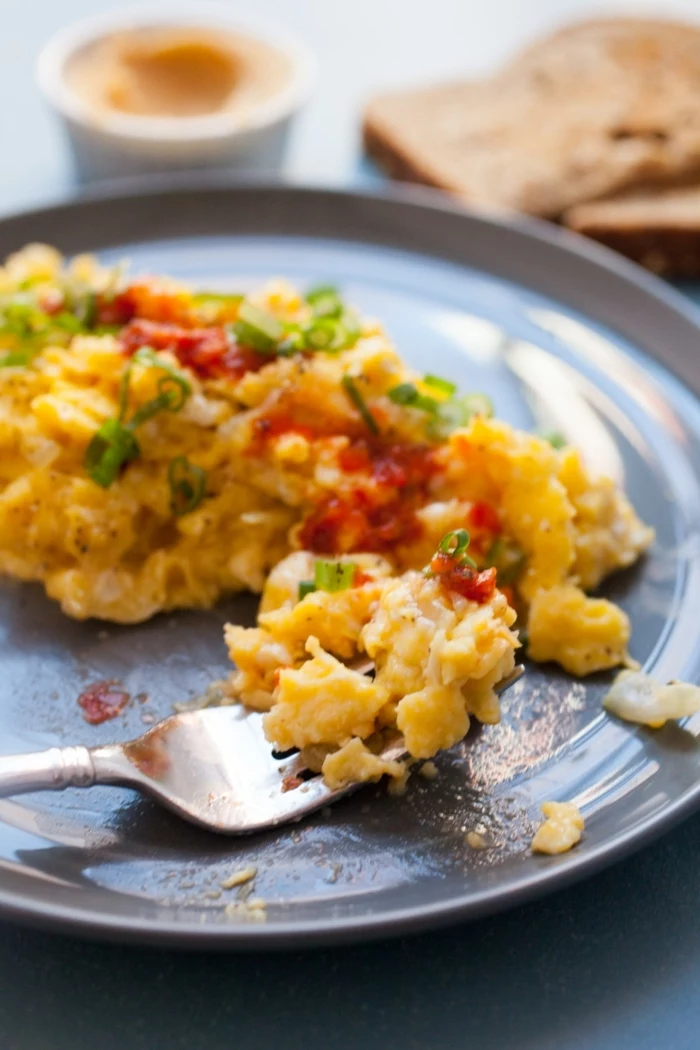
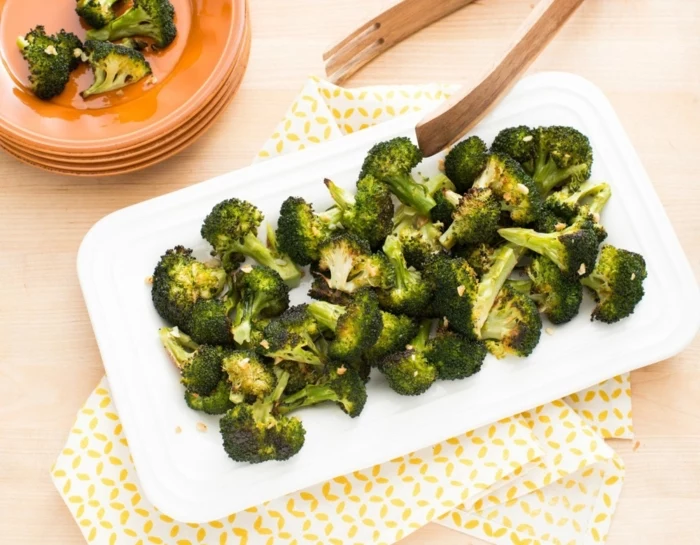
- Reduce your grocery bill significantly.
- Help fight the massive global issue of food waste.
- Get access to organic produce for less.
The trick? Consider signing up for an ‘ugly’ produce box. Services like Misfits Market or Imperfect Foods rescue perfectly good fruits and vegetables that are simply the wrong size, shape, or color for traditional grocery stores. It’s a sustainable and budget-friendly way to keep your plate full of veggies.
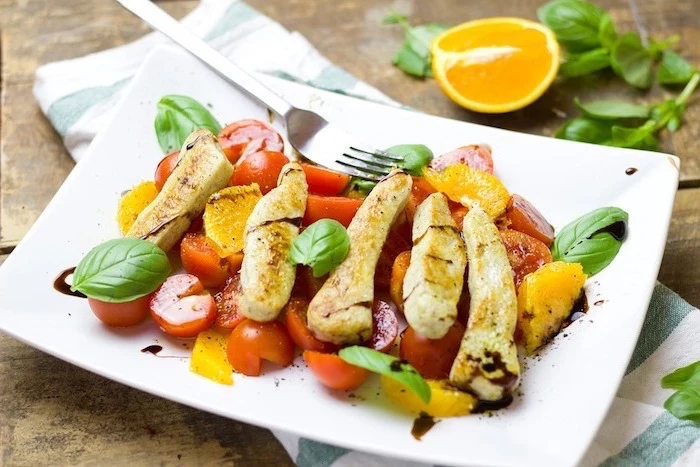
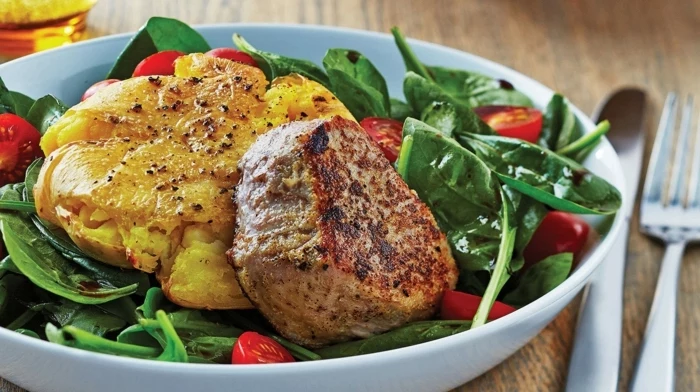
When building your plate, think about texture as much as taste. A meal with a variety of textures is far more satisfying. If you have soft roasted vegetables and tender chicken, add a crunch with a sprinkle of toasted sunflower seeds, some raw sliced radish, or a handful of crispy chickpeas. This simple step elevates the eating experience from just fuel to a truly enjoyable meal.

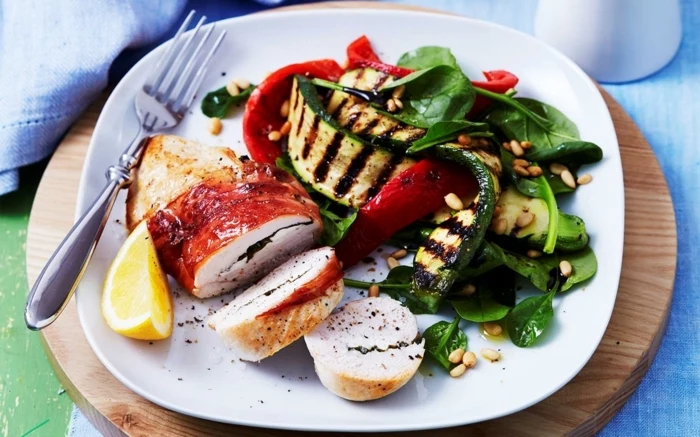
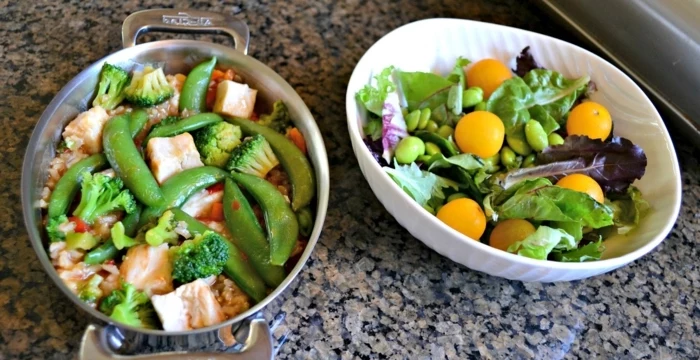
Think beyond the dinner plate! The plate method is a flexible concept that works for every meal. For breakfast, your plate could be a bowl of Greek yogurt (protein), topped with berries (veggies/fruits), and a sprinkle of low-sugar granola (carbs & fat). A snack can be a
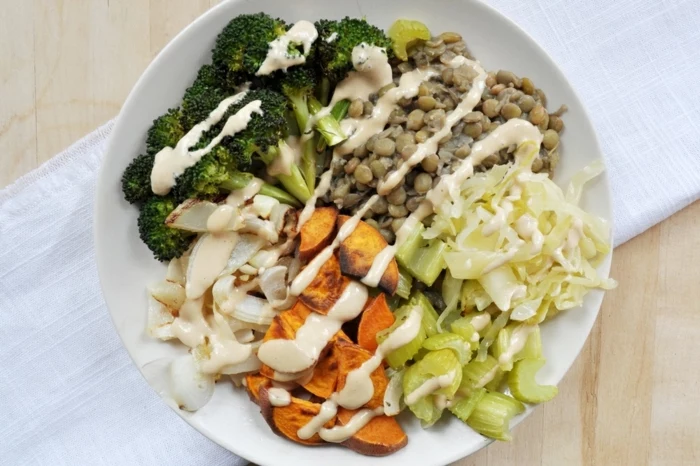
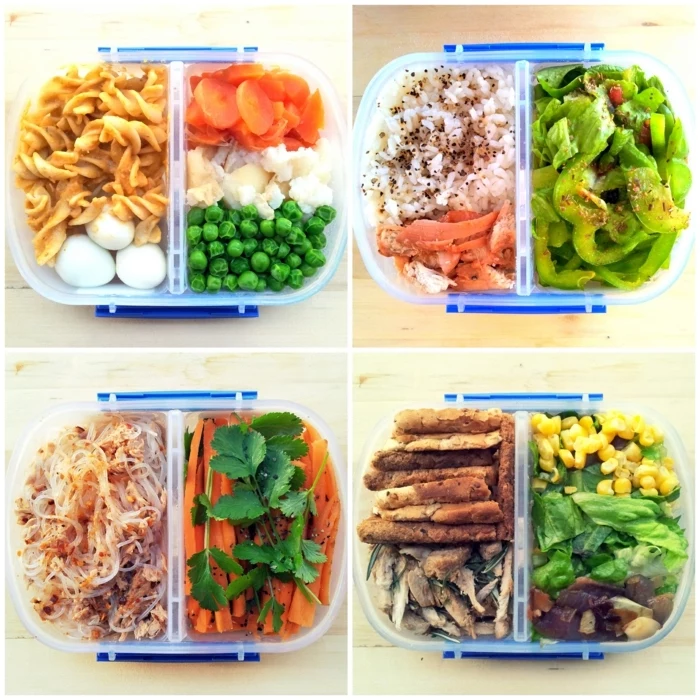
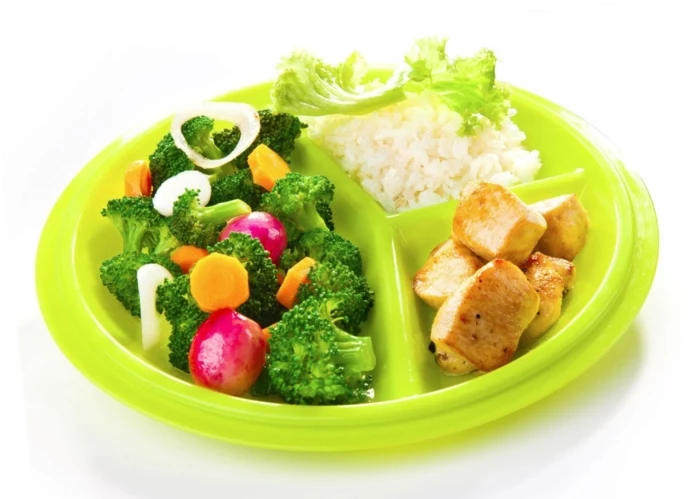
Leftovers are your secret weapon for a quick, balanced lunch. When making dinner, intentionally cook an extra chicken breast or a larger portion of roasted vegetables. The next day, you’re already halfway to a perfect plate. Just add a handful of fresh spinach or a scoop of leftover quinoa, and your midday meal is ready in minutes.
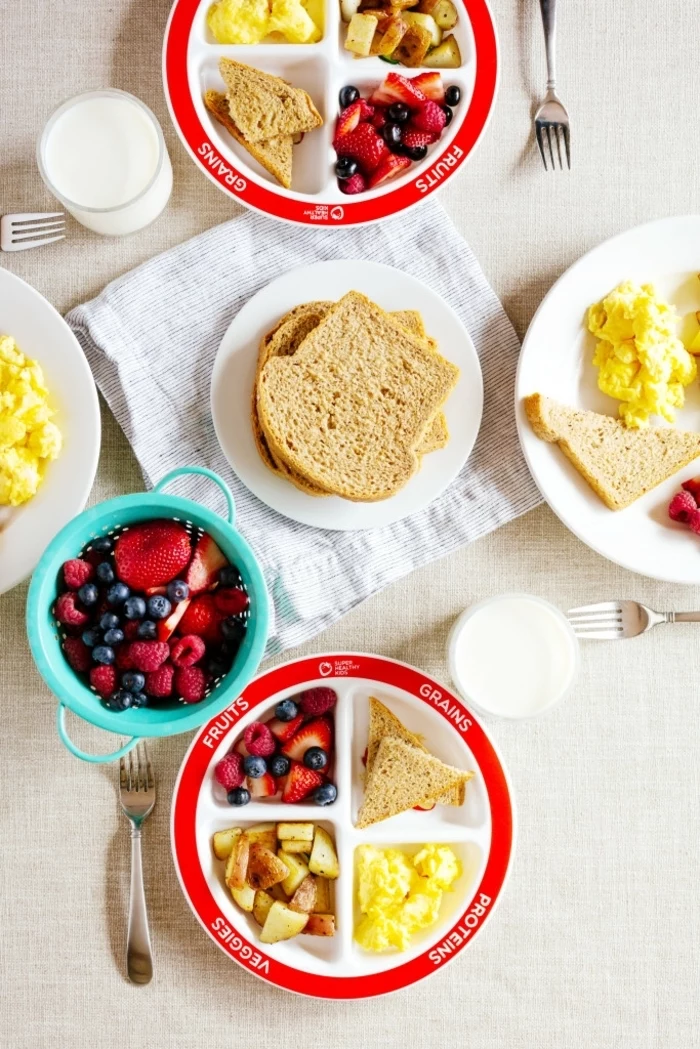
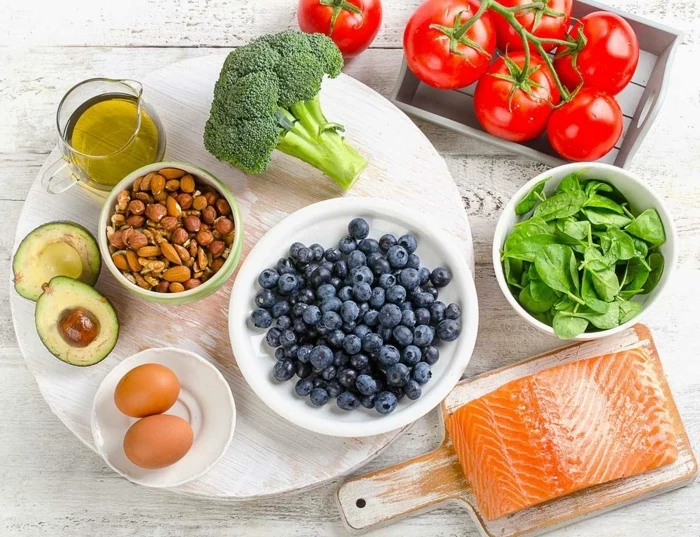
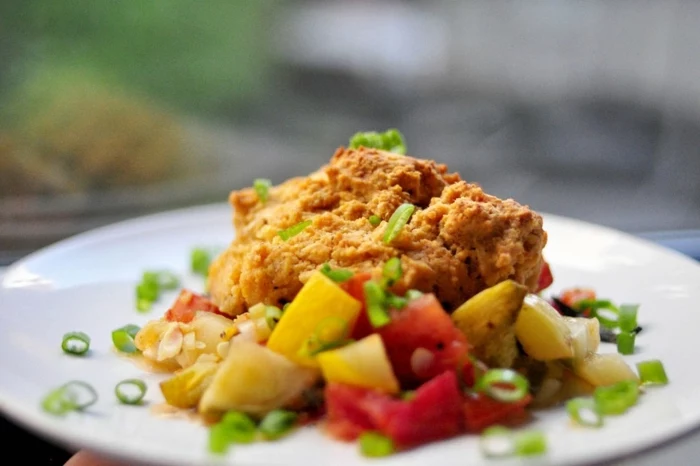
Feeling hungry between meals?
This often happens when a meal is low in protein or fiber. Protein is the most satiating macronutrient, meaning it keeps you feeling full the longest. If you find yourself reaching for snacks an hour after eating, take a look back at your plate. Was your protein portion about the size of your palm? Was your plate half-full of fiber-rich veggies? A small adjustment can make a huge difference.
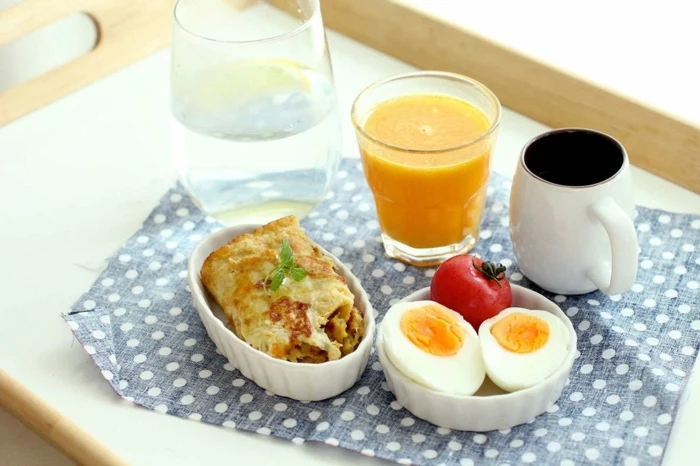

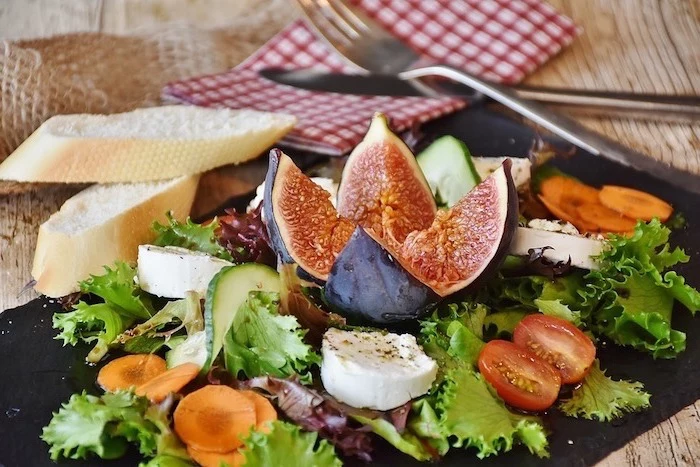
Canned Beans: An incredibly affordable and convenient source of both protein and fiber-rich carbohydrates. Look for low-sodium options and give them a good rinse before using to wash away excess salt and starch. A can of chickpeas from a brand like Goya or Bush’s can be the foundation of a fantastic, fast meal.
Dried Lentils: Even cheaper than canned beans. They don’t require pre-soaking and cook quickly, making them perfect for hearty soups or as a base for a warm salad. A fantastic budget-friendly staple.
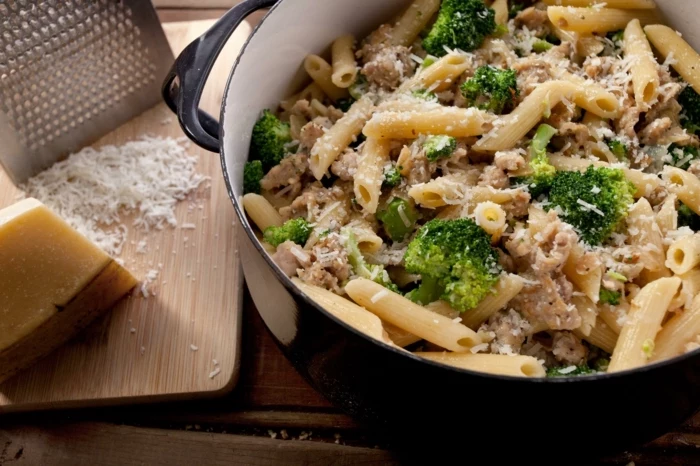
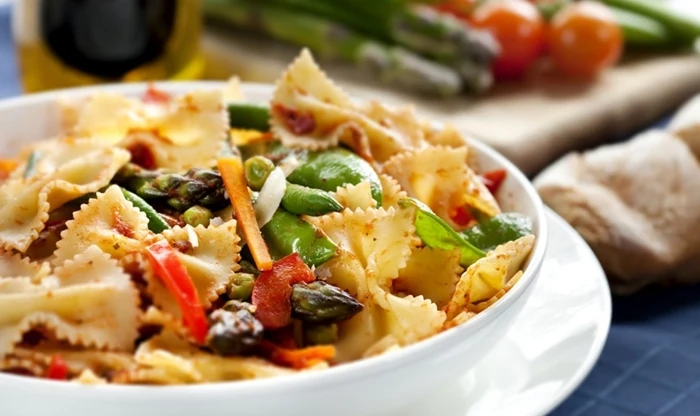
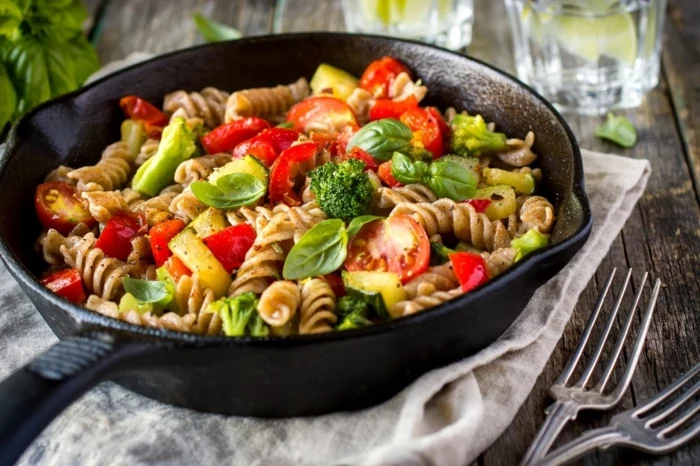
Did you know that your gut contains trillions of microorganisms? Feeding them the right stuff is crucial for everything from digestion to mood.
The best food for your gut microbiome is fiber, specifically a wide variety of it. Each type of plant—from kale to lentils to blueberries—feeds different beneficial bacteria. The plate method, with its emphasis on filling 50% of your plate with diverse vegetables, is an automatic recipe for a happy, thriving gut.
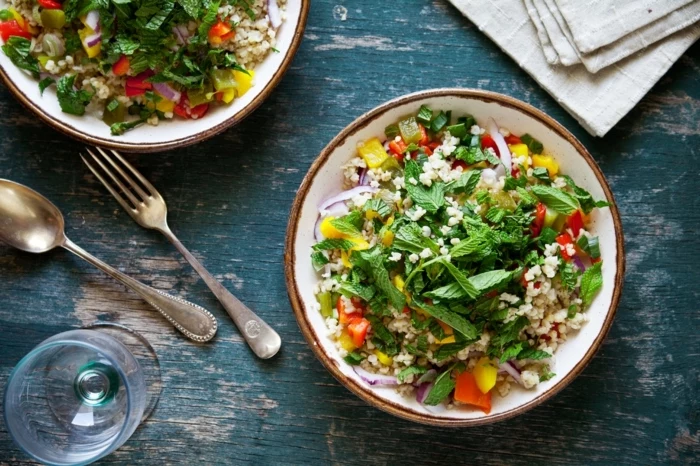
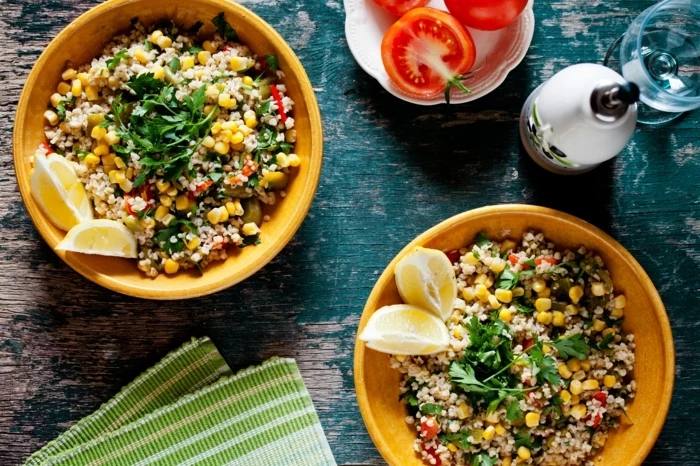
- A feeling of gentle fullness, not being
Embrace the idea of a
A good olive oil is liquid gold. Not all oils are created equal. For dressings and finishing dishes, use a high-quality extra virgin olive oil, like those from California Olive Ranch or Cobram Estate. They are rich in flavor and heart-healthy polyphenols. For high-heat cooking like searing, a more stable fat like avocado oil is a better choice.
Take inspiration from the Mediterranean plate, a well-studied model for health. It typically features a base of grilled or roasted vegetables, a piece of fish like salmon or sardines (protein and fat), a small portion of whole grains or potatoes, and a generous drizzle of extra virgin olive oil. It perfectly embodies the principles of balance, whole foods, and healthy fats.
According to the USDA, about 30-40% of the food supply in the United States is wasted.
The plate method is an excellent tool for combating food waste in your own home. By planning meals around components rather than strict recipes, you can easily use up what you have. That half an onion, those few remaining carrots, that single serving of leftover chicken? They’re not waste; they’re the building blocks for your next perfectly balanced plate.
Remember, this is a practice, not a performance. Some plates will be perfectly balanced, others less so. The goal isn’t 100% perfection. It’s about building a flexible skill and aiming for balance most of the time. Be patient with yourself and celebrate the small, consistent choices you make every day. That’s where the real, lasting change happens.
